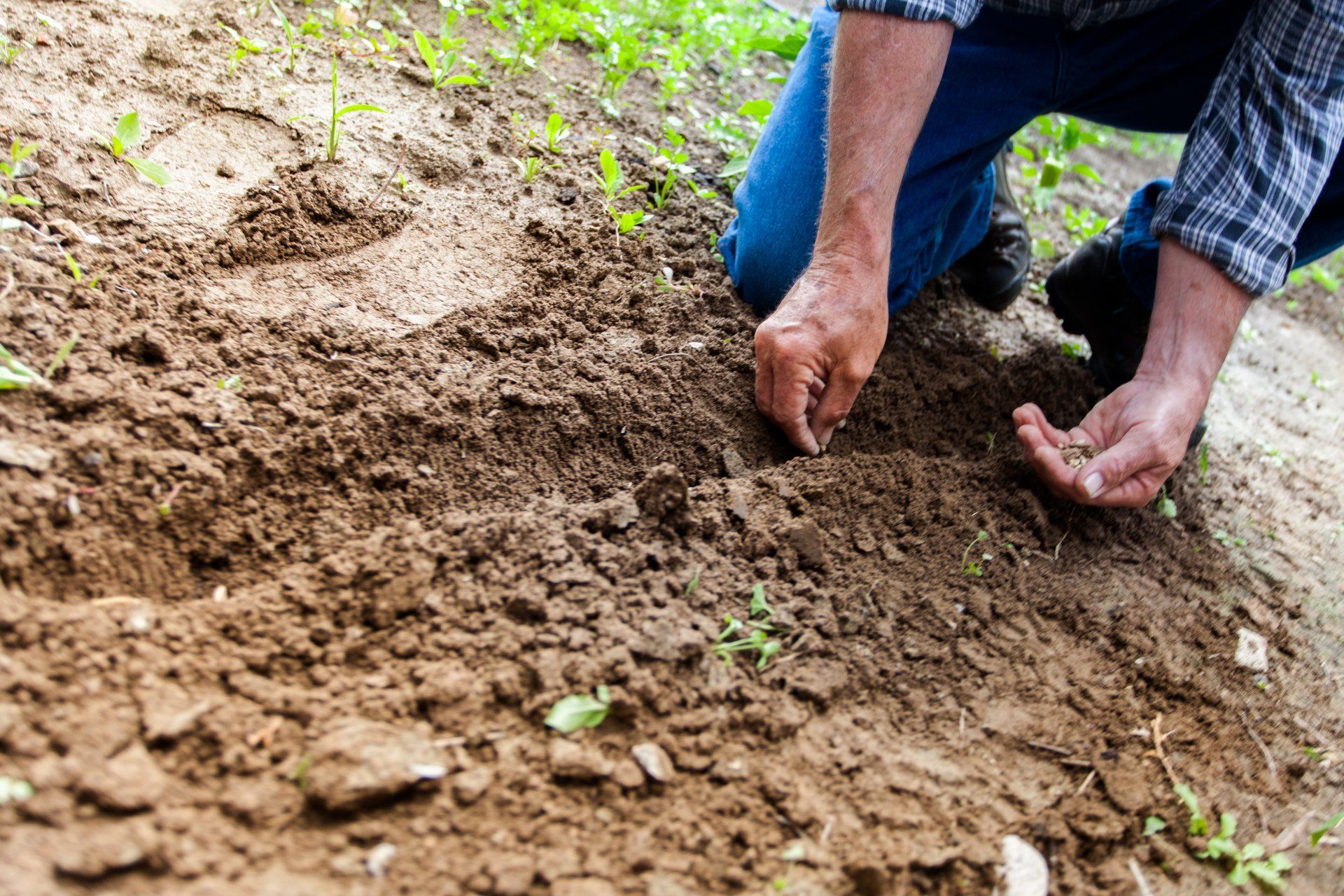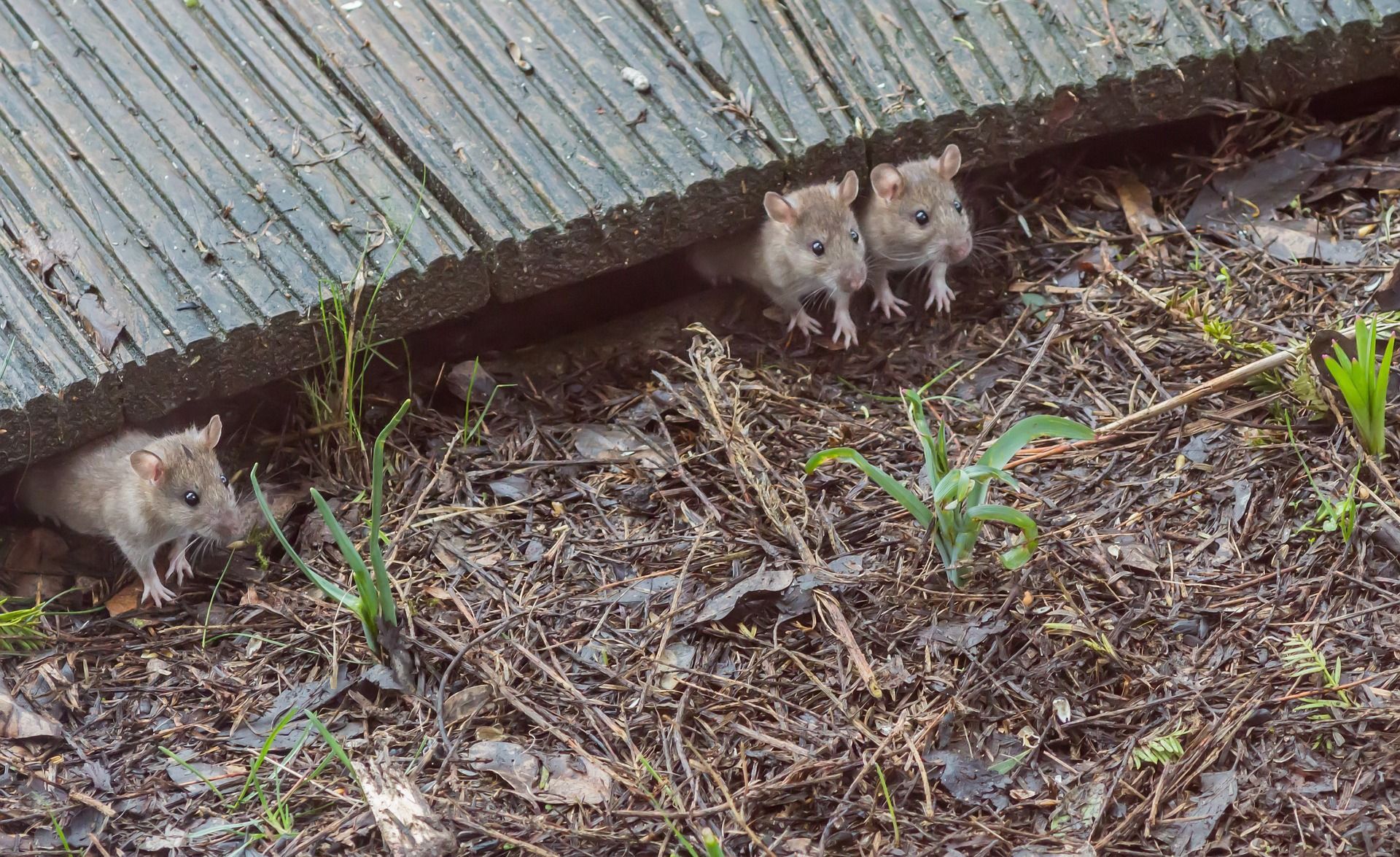How to Prepare the Soil for Planting
Healthy soil - healthy plants and a healthy environment.

Whether you are a beginner or an expert gardener, you need to know that the more you keep your soil healthy, the better your garden will grow. Healthy soil will not only improve your plants’ health but can also improve your own.
If the garden soil is in good shape it holds moisture, drains well, and there is less need for fertilizers or pesticides. But if you don’t have excellent soil, you will need to alter it to create the most optimum growing environment.
In this article, we will focus on ways to prepare the soil for planting the easy way.
1. Pull Weeds Out
When thinking about how to prepare the soil for planting, you should consider some factors, such as soil depth, the soil type, its acidity level and of course, the sorts of plants you intend to grow, etc. This way, you’ll be able to decide on what organic soil improvers to add and mix in (mulch, leaf mold, compost, manure and so on).
But first of all, get rid of the weeds that can hinder the establishment of your new plants. Do the job thoroughly, as every root you fail to pull out will come back eventually, and worse than that – it will spread. Though there are chemical ways to remove weeds hand-weeding is the best option to avoid any possible damage to your future plants caused by harmful chemicals.
2. Cultivate and Improve the Soil
After weeding, you should enhance soil properties, texture and structure by adding organic matter. You can add finished compost, manure, or organic matter. Either of these three options can work wonders for your garden improving your soil’s ability to retain water, adding nutrients, and making digging more effortless because it can loosen larger clumps of clayey soil. Choose the one that best fits your soil type and spread it around before proceeding with your soil preparation.
3. Turn the Soil Over
Now it’s time to mix the organic matter into the soil. Tilling helps loosen your soil, which allows vegetable and flower roots to grow deeper into the ground.
Take your shovel and pick a corner to start digging when the soil is slightly moist and not too wet. Turn each shovelful over entirely, and make sure you dig at least 20cm deep to ensure your plants have a lot of space. Then, get rid of any rocks, sticks, or other materials and level the soil with a rake.
4. Prepare Soil Beds
A soil bed is beneficial as it allows water to drain from plant roots during high rainfall and allows more air to enter the soil. This way, you can also easily apply compost or mulch to the areas where your plant roots start. In addition, soil beds are easier to water.
Yes, raised beds look nice when they’re all lined up straight, but this isn’t necessary. You should just keep at least 50-60cm of distance between your garden beds. Now that your plant beds are ready, start planting your seeds or seedlings.
To summarize, there is nothing more frustrating than putting a lot of effort into planting your flower bulbs, and critters digging them up for their dinner entrée. Try
fully organic and non-toxic Critter-Repellent so you can actually enjoy your garden.
Critter Repellent All Natural Animal Repellent Blog












